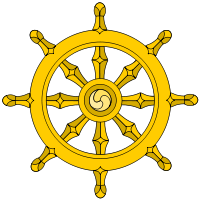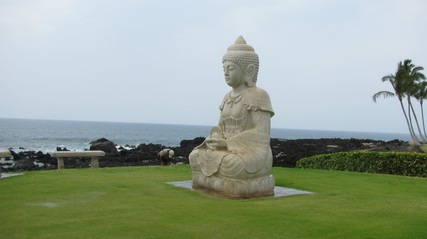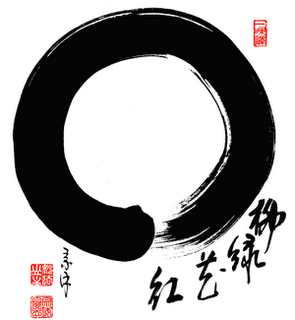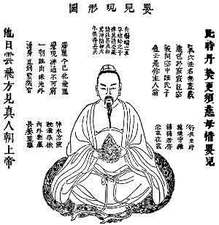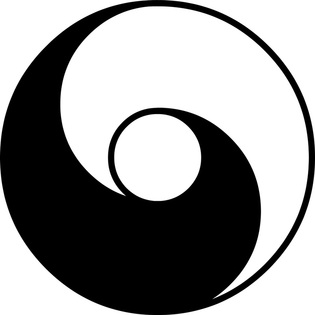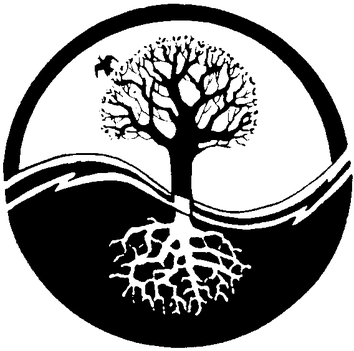Buddhism
Buddhism first came to China from India around 500 AD, spreading through Asia along the Silk Road. A Buddhist artist carved this wooden Buddha in Western China, on the Silk Road, before Buddhism really reached central China. At this time China was broken up into a lot of smaller, so there wasn't much organized opposition to the new religion.
In China, Buddhism got stronger and stronger, even while it was losing ground in India to Hinduism. Soon most of the Buddhists were in China and not India. In China, even more than in India, most Buddhist people continued to lead more or less ordinary lives, but some Buddhist men and women left their jobs and their families in order to live in Buddhist monasteries as monks or nuns.
Very soon after Buddhism came to China, in the 500s AD, Chinese people developed their own kind of Buddhism, which we call Zen Buddhism. Zen comes from the Sanskrit (Indian) word dhyana, which means "meditation," but the Chinese philosophy of Taoism might also be an influence on Zen. Zen philosophy emphasizes meditation and experience instead of words and explanations.
taoism
Taoism is a philosophy or way of life that may have been started by a man named Lao Tsu (or Lao Tzu) who lived a little before Confucius, about 600 BC. Tao means the "way" or the "path". According to the traditional story, Lao Tsu worked as a librarian in the emperor's library (this was in the Eastern Chou dynasty). Lao Tsu believed that the way to happiness was for people to learn to "go with the flow." Instead of trying to get things done the hard way, people should take the time to figure out the natural or easy way to do things, and then everything would get done more simply. This idea is called "wu-wei", which means "doing by not doing".
Lao Tsu also thought that everything alive in the universe (plants, animals, people) shared in a universal life-force. There were two sides to the life-force, which are called the yin and the yang. This picture is often used to show how the yin and the yang are intertwined with each other.
The yin (the dark side) is the side of women, the moon, things that are still like ponds, and completion and death. The yang (the light side) is the side of men, the sun, things that move like rivers, dragons, and creation and birth. Everyone has some yin and some yang in them, and Taoism says that it is important to keep them balanced. Chinese doctors believed that a lot of illnesses were caused by too much yin or too much yang.
